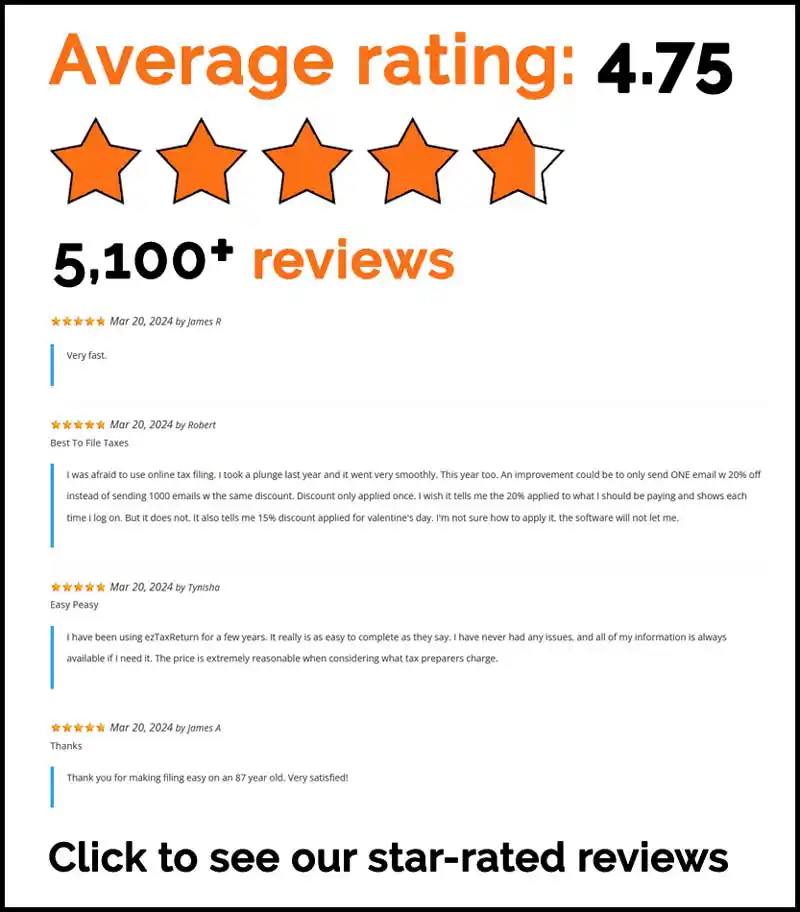When it comes to retirement planning, many people think about it too late, or they don’t know where to start. One of the best tools for securing your future is joining a 401(k) plan. If you’re employed and your company offers a 401(k) plan, this is an opportunity you don’t want to miss.
What is a 401(k) Plan?
A 401(k) plan is a type of qualified retirement plan that allows employees to save and invest a portion of their salary for retirement. This workplace retirement plan offers significant tax advantages, making it a popular choice for building a secure financial future.
Definition and Types
There are two main types of 401(k) plans: traditional and Roth. A traditional 401(k) allows you to contribute pre-tax dollars, which means your contributions are deducted from your taxable income. This can lower your income taxes for the year, making it an attractive option for many. The money in your account grows tax-deferred, and you only pay income taxes when you withdraw money in retirement.
On the other hand, a Roth 401(k) involves contributing after-tax dollars. While you don’t get an immediate tax break, the advantage is that your money grows tax-free, and qualified withdrawals in retirement are also tax-free. This can be beneficial if you expect to be in a higher tax bracket when you retire. Both types of 401(k) plans offer unique benefits, and choosing the right one depends on your current financial situation and future tax expectations.
Here are the top reasons why you should enroll in a 401(k) plan and how it can help you build a strong foundation for your retirement years.
1. Tax Benefits
One of the most compelling reasons to contribute to a 401(k) plan is the immediate tax benefits. When you contribute to a traditional 401(k), your contributions are made with pre-tax dollars. This means that the money you contribute is deducted from your taxable income, which could lower your current tax bill. A 401(k) plan is a type of defined contribution plan, where both employees and employers can contribute, subject to IRS limits.
Additionally, the money you invest in a 401(k) grows tax-deferred, meaning you don’t pay taxes on the gains until you withdraw the funds in retirement. If you choose a Roth 401(k), your contributions are made with after-tax money, but the growth and withdrawals are tax-free as long as you meet certain conditions. Unlike defined benefit plans, which guarantee a specific monthly benefit at retirement based on salary and years of service, defined contribution plans like 401(k)s are designed to encourage individual retirement savings and offer associated tax benefits.
This tax-deferred growth can significantly increase the value of your savings over time.
2. 401(k) Employer Matching Contributions
Many employers offer matching contributions to your 401(k) plan. This is essentially free money that helps grow your retirement savings faster. For example, an employer might match 50% of what you contribute, up to a certain percentage of your salary.
Employer contributions significantly enhance your retirement savings, making them a crucial part of your overall compensation package. For instance, if you contribute 6% of your salary to your 401(k) and your employer matches 50%, that’s an additional 3% added to your retirement savings. This matching contribution can be a game-changer in building wealth for the future, and you should always aim to contribute at least enough to get the full match.
3. Automatic Payroll Deductions
One of the best aspects of a 401(k) is how easy it is to save. Contributions are automatically deducted from your paycheck and deposited directly into your retirement account. This means you don’t have to think about it, and you can set it up to fit your budget.
Since you’re contributing before you even see the money, you’re less likely to spend it, and your savings will steadily grow without you having to take action every month. This “set it and forget it” approach to saving can help you stay on track with your retirement goals.
4. Compound Interest Over Time
The magic of compound interest is one of the biggest reasons to start saving for retirement as early as possible. Compound interest means that not only does your original investment earn interest, but the interest also earns interest. Over time, this growth accelerates, especially if you start contributing early and consistently.
Let’s say you contribute $5,000 a year to your 401(k) for 30 years, and your account earns an average return of 7% per year. Over time, your investment can grow exponentially, thanks to compound interest. Starting early gives you the power of time, and the longer you let your money grow, the more you’ll benefit.
5. Investment Options and Control
A 401(k) plan typically offers a range of investment options, such as mutual funds, stocks, and bonds. This allows you to tailor your investment choices based on your risk tolerance and retirement goals.
Whether you prefer to invest in a diversified portfolio of stocks for growth or bonds for stability, your 401(k) gives you control over how your money is invested. Many plans also offer target-date funds that automatically adjust your asset allocation as you get closer to retirement, making it easier for you to stay on track without constantly managing your investments.
6. Protection from Creditors
One of the biggest advantages of a 401(k) is that it’s protected from creditors in most situations. This means that if you experience financial difficulties or are sued, your 401(k) funds are generally safe from being seized to pay off debts. While there are some exceptions, such as owing back taxes or child support, in most cases, your 401(k) is protected under federal law.
This added protection gives you peace of mind that your retirement savings will be there when you need them.
7. Loan and Withdrawal Options (Under Certain Circumstances)
While it’s generally a good idea to keep your money in your 401(k) until retirement, many plans allow you to borrow from your account or take a hardship withdrawal in certain situations. For example, you might be able to borrow money from your 401(k) to cover medical expenses, a home purchase, or education costs.
However, it’s important to remember that taking a loan or withdrawal from your 401(k) can come with risks, such as taxes and penalties for early withdrawal or losing out on potential growth. Therefore, it’s crucial to explore these options only when necessary.
8. Higher Contribution Limits
401(k) plans have higher contribution limits than individual retirement accounts (IRAs). In 2025, you can contribute up to $23,500 to a 401(k) if you’re under 50 and up to $31,000 if you’re over 50, thanks to catch-up contributions.
This higher limit gives you the opportunity to save more for retirement and accelerate your wealth-building process, especially if you started saving later in life. The larger contribution cap makes the 401(k) an ideal vehicle for people looking to maximize their retirement savings.
Leaving a Job and Your 401(k)
Changing jobs can be a significant life event, and it’s essential to know what options you have for your 401(k) account when you leave your current employer. Here are the choices you can consider:
Options for Your 401(k) Account
- Leave the Account with Your Former Employer: If your former employer allows it, you can leave your 401(k) account as is. This option can be convenient, but you may have limited control over the investment options and may incur higher fees.
- Roll Over to a New Employer’s 401(k) Plan: If your new employer offers a 401(k) plan, you can roll over your existing account into the new plan. This keeps your retirement savings consolidated and can simplify management.
- Roll Over to an Individual Retirement Account (IRA): Another option is to roll over your 401(k) into an IRA. This can provide more investment choices and potentially lower fees. However, it’s crucial to understand the rules and potential tax implications.
- Take a Distribution: You can choose to take a distribution of your 401(k) balance. However, this option is usually the least favorable due to the income taxes and potential penalties you may incur, especially if you’re under 59½.
Each option has its pros and cons, and it’s wise to seek professional advice to make the best decision for your financial future.
Plan Sponsor and Recordkeeper Roles
Understanding the roles of the plan sponsor and recordkeeper is crucial for appreciating how your 401(k) plan is managed and maintained.
Plan Administration and Management
The plan sponsor is typically your employer or the organization that sets up and maintains the 401(k) plan. They are responsible for selecting the investment options available in the plan, setting eligibility requirements, and ensuring the plan complies with all relevant laws and regulations. The plan sponsor plays a pivotal role in the overall administration and management of the retirement plan.
A recordkeeper is a third-party administrator that handles the day-to-day operations of the 401(k) plan. Their responsibilities include tracking participant accounts, processing contributions and distributions, and providing detailed plan reports. Recordkeepers also offer investment options and educational resources to help participants make informed decisions about their retirement savings.
In summary, while the plan sponsor oversees the strategic aspects of the 401(k) plan, the recordkeeper ensures its smooth operation, making it easier for you to manage your retirement savings effectively.
Retirement Savings, Readiness, and Financial Security
Ultimately, the purpose of a 401(k) is to ensure that you have enough money to live comfortably in retirement. With the rising cost of living and the uncertainty of Social Security benefits, it’s more important than ever to take control of your financial future. 401(k) plans are a popular retirement savings plan among American workers, offering significant benefits and tax advantages.
By consistently contributing to your 401(k) plan, you are building a reliable source of income for your retirement years. The longer you contribute and the earlier you start, the more secure your financial future will be. Retirement plans play a crucial role in ensuring financial security, making it essential to participate and contribute regularly.
The articles and content published on this blog are provided for informational purposes only. The information presented is not intended to be, and should not be taken as, legal, financial, or professional advice. Readers are advised to seek appropriate professional guidance and conduct their own due diligence before making any decisions based on the information provided.




